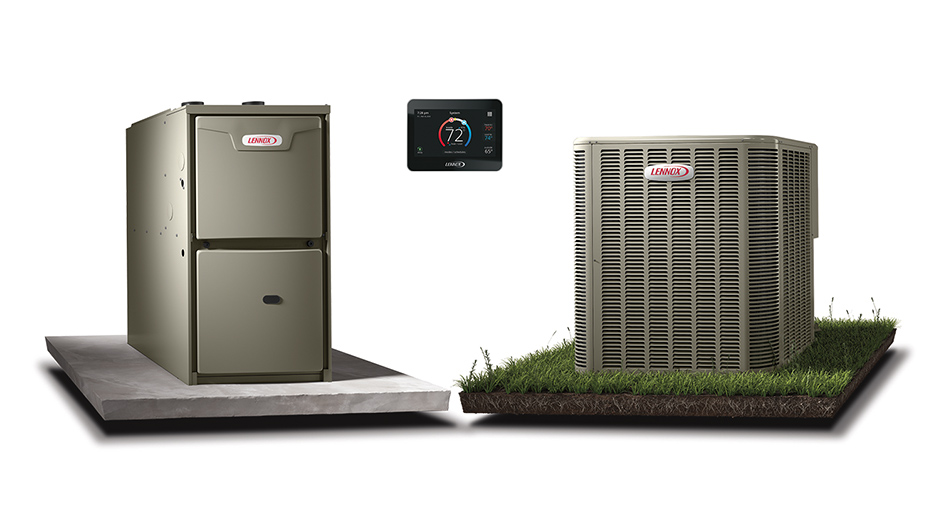
The concept of running both a furnace and heat pump might feel somewhat strange at first. After all, why would you need two heating systems? While furnaces and heat pumps both produce energy-efficient heat, the differences in their design actually make installing both of them a potential option. It’s not for all of us, but in the right conditions you can absolutely benefit from owning a furnace and a heat pump.
You’ll need to think about several factors in order to decide if this type of setup suits you. Your local climate and the square footage of your home are both highly important, especially for the heat pump. This is because multiple models of heat pumps begin to function less efficiently in cooler weather and large homes. At the same time, you can still take advantage of heat pump installation in The Bay Area.
Heat Pumps May Be Less Reliable in Colder Weather
Heat pumps are commonly less efficient in cooler weather because of how they create climate control in the first place. Unlike furnaces, which combust fuel to provide heat, a heat pump reverses its supply of refrigerant to extract heat from outdoor air. This heat is then brought inside and circulated all through your home. Assuming there is still a bit of heat energy in the air, a heat pump will function. But the cooler the temperature, the less efficient this process is.
The less heat energy is accessible outside, the longer it takes a heat pump to draw heat indoors to generate your desired temperature. It can depend on the exact make and model, but heat pumps may start to lose out on efficiency at temperatures of 40 degrees and below. They should still be an energy-efficient option until 20-25 degrees, after which a gas furnace will be more effective.
What Temperatures Do Heat Pumps Run Best In?
Heat pumps function best in milder climates 40 degrees and up. Having said that, you don’t have to sacrifice the benefits of a heat pump just because your local climate is colder. After all, that’s why using both a furnace and heat pump may be worth the cost. You can keep the heat pump for energy-efficient heat until the weather is chilly enough to warrant swapping to something like a gas furnace.
A few makes and models claim greater performance in winter weather. For example, the Lennox MLA heat pump is capable of working at 100% capacity at 0°F. It can even remain efficient in temperatures as low as -22°F. For maximum energy efficiency, you’ll likely still want to switch to the furnace in particularly cold weather.
So Should I Put in a Heat Pump if I Have a Gas Furnace?
If you’re serious about maintaining the most energy-efficient HVAC system achievable, having a heat pump and gas furnace at the same time is worth the investment. Not only is a dual-heating system versatile, but it offers other perks such as:
- Reliable backup heating – A redundant heating system means even if one fails, you still have the capability to heat your home. It might not be the most energy efficient, but it’s better than shivering in an unheated home while you sit around for repairs.
- Reduced energy costs – The ability to decide which heating system you use based on the highest energy efficiency lowers your total costs. Smaller heating bills over the life of these heaters can really add up to plenty of savings.
- Less strain on both systems – Instead of running one system all winter long, heating duties are split between the furnace and heat pump. Key components could survive longer as they’re not under nonstop use.
If you’re still not sure about heat pump installation in The Bay Area, don’t hesitate to contact your local professional technicians. They can walk you through your home’s comfort needs and help you decide if a dual-heating HVAC system is the better option.

